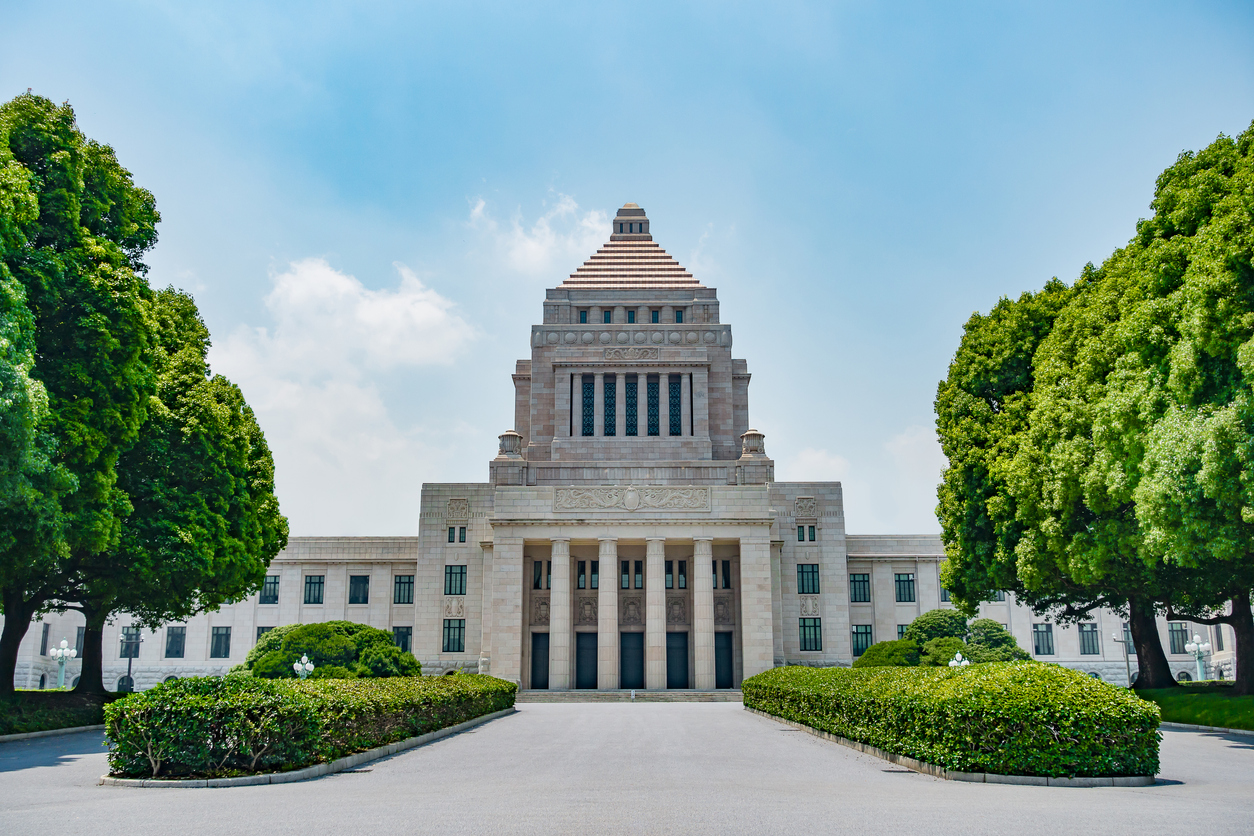2022/11/15
Doctrine of New Capitalism Blurred; Commitment to Sustainable Growth of Domestic Demand is Needed

(The original article in Japanese was posted on June 3, 2022)
On May 31, the Japanese government held its eighth “Council of New Form of Capitalism Realization” and announced its policy of “viewing social issues with large externalities that cannot be solved by the market alone as a source of energy and encouraging the public and private sectors to invest and implement reforms to solve such social issues and create a virtuous cycle of growth and distribution.” However, the draft of the action plan announced by the government is a conventional, “all-around” plan that is attentive to various areas, and does not show the political resolution that foreshadows the arrival of a “new capitalism.”
In the presidential election held last year, Kishida (current Prime Minister of Japan) called for “shift away from neoliberal policies” and emphasized distribution-oriented policies. Many people must have voiced their hopes for a breakthrough in the policy deadlock that has persisted since the second preceding administration and for the revitalization of the middle class when they heard of such key terms as the “Reiwa-era version of income doubling” and “financial income taxation” that were spoken at press conferences and other events before and after the prime minister’s inauguration. However, the draft plan that has been released at the Council does at least give the impression of “retreat” from the commitments made at the time of the presidential election.
The doubling of “income” has been replaced by a doubling of “asset income.” For the past 30 years, the income of many Japanese people has been reaching the highest limit. In addition, a revision of the cost of social insurance, a rise of tax rates, and an increase in prices have been placing financial burdens on households. They cannot afford to purchase new investment products. The priority should be placed in reverse order. Of course, the distribution of wealth requires a source of funds, and the economic growth is essentially needed. While there remains room for debate on the content of individual measures, such as strengthening science technology and innovation capabilities, human resource development, regional revitalization, and investment in carbon neutrality, there is no disagreement on the direction that should be pursued by each measure.
The most important thing that is required to be solved is “what lies beyond.” If the benefits of the growth are weighted toward higher stock prices, higher dividends, and retained earnings, there will be no difference from the past when the economic boom that emerged from quantitative easing did not impact positively on wages. A self-sustaining recovery of domestic demand is unlikely to occur. If the aim for changing the target of “doubling” from income to assets is “to support stock prices with people’s savings instead of the Bank of Japan, which is now stuck with the market value of over 50 trillion yen in the balance of the exchange-traded fund,” then this is completely like putting cart before the horse. In the announcement of the draft action plan, Kishida also expressed his idea to “promote the realization of a multi-stakeholder corporate society.” If this is his real intention, it is greatly interested to hear a drastic policy statement on how to balance contributions to investors, business partners, employees, and local communities.
This Week’s Focus, June 3
Takashi Mizukoshi, the President